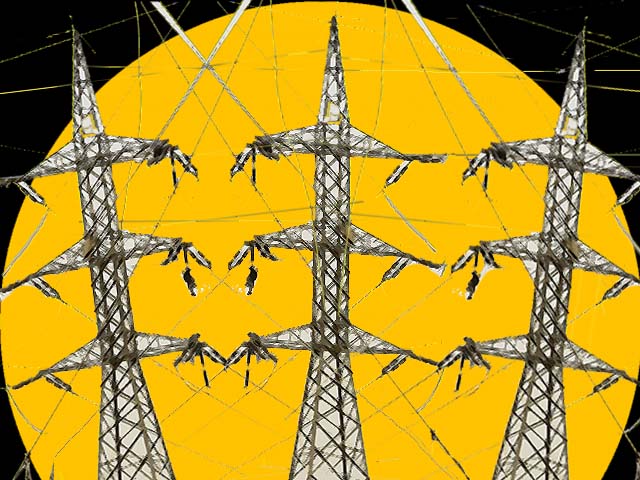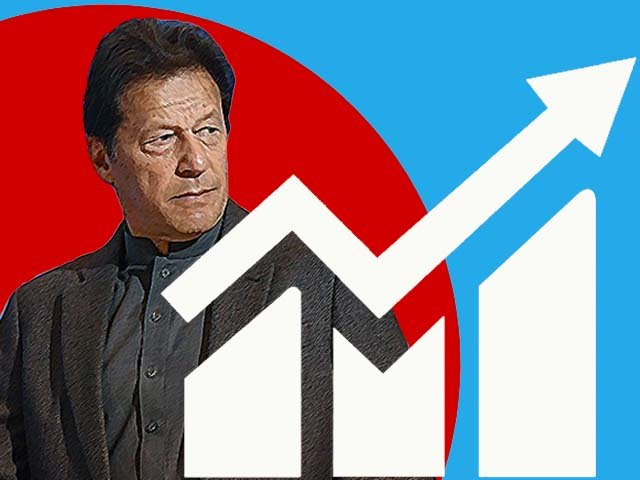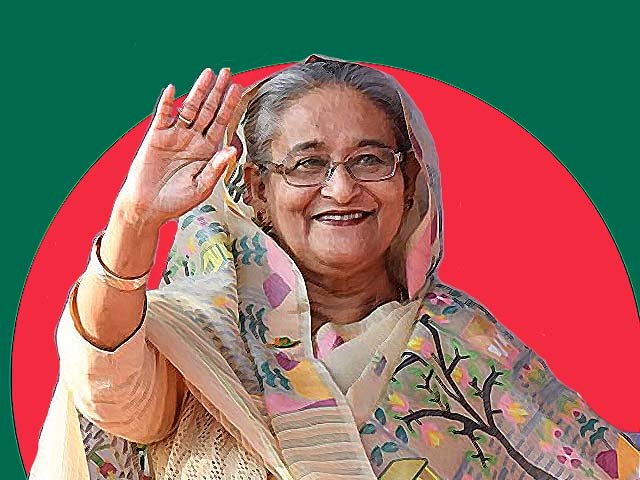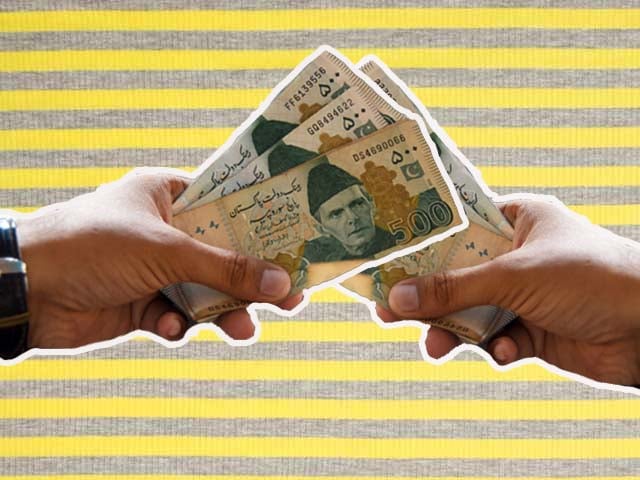
Why does the government continue to increase electricity prices?
Getting loans from the IMF has become an addiction and every government needs its fix
The price hike for electricity recently announced by the government was neither surprising nor unexpected. However, there are some key questions related to this decision that need to be addressed. Why was this done? What does it mean for ordinary citizens? And, what can we expect in the future?
Why another power tariff hike?
Let’s begin with why the decision was taken. To increase social welfare and allay price pressure, governments provide subsidies to different segments of the population. Subsidies are designed to help people buy products and services they cannot otherwise afford. With the recent decision to raise the electricity tariff, the government has highlighted its intention to review and revamp subsidies. Subsidies that are currently in place have mostly been politically motivated. And, now the economics of subsidies have come to haunt the government.
Pakistan finds itself in a precarious economic situation. According to the Asian Development Bank, the GDP growth rate is expected to go down from 3.3% in 2019 to 2.8% in 2020. The rate of inflation is also forecasted to rise from 7.3% in 2019 to 12% in 2020. Add to this dismal scenario the fact that the country is saddled with huge debt servicing costs and runs both trade and budget deficits. And, on top of this, it will face the problem of thousands of people joining the workforce looking for jobs.
The simple answer to the question of why the price hike was implemented is that Pakistan can no longer afford to provide subsidies at the level that both producers and consumers have gotten used to. Even though it was stated that the decision was taken in order to comply with the demands of the International Monetary Fund (IMF), the truth is that the IMF does not have much to do with it. It may have merely brought to light what could no longer be ignored. Subsidies will be going down. Political efficacy has dictated what Pakistan has been subsidising and by how much. And when resources dry up, the government can no longer meet its commitment. This is also the reason why the promise of millions of low-cost homes has not materialised.
What does it mean for ordinary citizens?
According to the Global Petrol Prices, electricity price for households in Pakistan is much lower than the world’s average, $0.06 per unit versus $0.14. This fact is not a source of comfort for ordinary citizens. People expect the subsidy to continue as they have planned their lives around it. When a subsidy is taken away or reduced, it poses a financial burden on the population.
In Pakistan, the average number of people in a household is close to six, and there often is only one bread earner. For this household, the price of necessities, transportation, and medical care is already going up. When these are added to the price increase for electricity, the financial burden on a fixed income family becomes onerous. The tariff increase means that the families may confront a choice, whether to buy food for children or medicines for parents.
For these folks, the official inflation rate of 7.3% also does not mean much. Their daily experience of paying higher prices for everything is what matters. Products and services are becoming unaffordable and their vulnerability signifies to them the failure of the government to implement changes that create economic opportunities for them.
What can we expect in the future?
The IMF comes in, when invited, as a lender, auditor, and consultant. They go through the books and procure financial data to make sure that the loans they have been asked to give will be repaid. As such, they draft policy recommendations to make the economy more market oriented and improve the fiscal situation. And it is their recommendations that become the bone of contention. Economics, politics, and social concerns collide, as their recommended actions adversely affect the poor and the vulnerable, the very people the subsidies were designed to help.
For Pakistan, getting loans from the IMF has become an addiction. Every government needs its fix, and loans lead to cravings for even more loans. The first big economic decision the current government took was to seek loans from the IMF. Relying on self-help would have required some belt tightening, but it would have been worth it. The IMF loans serve as stop gap measures, providing short-term respite but not long-term solutions to problems the country faces.
Given its financial condition, the government will need to continue reducing subsidies. We can thus expect announcements of more price hikes. In line for subsidy reductions, perhaps, would be some familiar items such as wheat, fuel, transportation, fertilizer, and cotton seeds. Prices will go up, and people will suffer. There does not seem to be an easy way out of this financial morass.
As it moves forward, the government needs to come up with an agenda for economic growth and development. Economic and business decisions worldwide are moving away from a seat of the pants approach to the use of artificial intelligence, distributed supply chain, professional management, and cost and benefit trade-offs. To play in this environment, more specificity is needed with respect to achieving developmental goals. Political slogans are appealing, but today’s complex world requires hard, calculated decisions and allowing the market to allocate scarce resources. The goal is not to make a vague promise of some welfare utopia, but to deliver on measurable initiatives that will improve education, create jobs, provide safe water, deliver health care, build infrastructure, and, yes, provide electricity, preferably neither fossil fuel nor coal based.




COMMENTS
Comments are moderated and generally will be posted if they are on-topic and not abusive.
For more information, please see our Comments FAQ